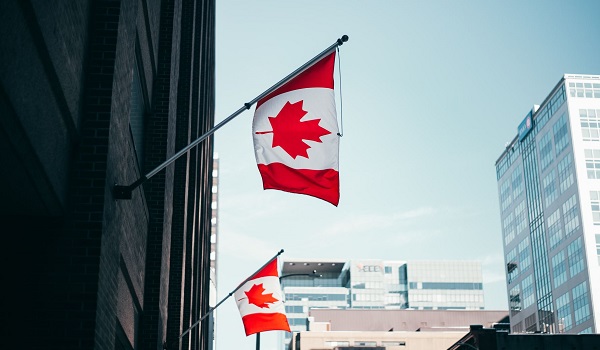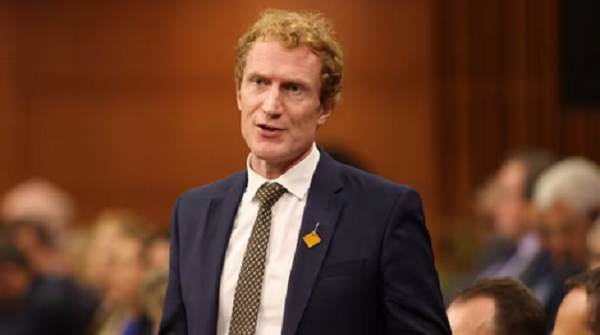Rise in inflation to 2% in October puts size of December interest rate cut decision into question
After falling for four straight months, Canada’s annual rate of inflation rose in October, putting the size of a December interest rate cut by the Bank of Canada into question.
The Consumer Price Index — a broad-based measure of inflation — was two per cent higher than it was a year ago, up from 1.6 per cent in September.
That puts it bang-on the Bank of Canada’s inflation target, but was higher than most economists had expected. A consensus of economists surveyed by Bloomberg had expected the data to show CPI was 1.9 per cent higher than it was a year ago.
The higher-than-expected rise makes the Bank of Canada far less likely to cut its key overnight interest rate by 50 basis points (half a percentage point) at its next meeting, argued Douglas Porter, chief economist at BMO.
“This heavy result should take some more steam out of the call for another 50 bp rate cut from the Bank of Canada in December,” Porter wrote in an analysis after the data was released. “We have been in the 25 bp camp from the start and this report only reinforces that expectation.”
After the inflation data came out, the chances of a 50-point cut dropped to 24 per cent from 44 per cent in trading on the overnight interest swaps market. A 25-point cut is fully priced in.
Derek Holt, an economist at Scotiabank, suggested that third-quarter GDP figures coming out next week — along with early data on the fourth quarter — could tip the balance in either direction for the Bank of Canada.
“If GDP surprises positively then that would reinforce this scaling back from 50. If it surprises negatively then it may add to pricing,” said Holt, who’s still leaning toward a 25-basis-point cut.
Still, some economists argued that the Canadian economy is still sputtering, and that the Bank needs to act more aggressively.
Calling two per cent “a sweet spot,” Canadian Chamber of Commerce senior economist Andrew DiCapua said the bump doesn’t change the broader picture of a Canadian economy that is limping along.
“With upcoming GDP data expected to show weak economic growth, a 0.5 per cent rate cut seems likely,” DiCapua said.
CIBC economist Katherine Judge agreed.
“Although this report will be a disappointment for the Bank of Canada, it follows a string of reports that showed more progress than expected,” Judge wrote. “While that makes the December meeting a closer call in terms of a 25bp or 50bp cut, the slack in the Canadian economy … has us retaining our call for a 50bp cut in December for now.”
On a monthly basis, gasoline was 0.7 per cent higher than it was in September.
The Bank of Canada has already cut interest rates four times this year, bringing its key overnight interest rate to 3.75 per cent from a peak of five per cent.
The Bank of Canada raised interest rates 10 times between March 2022 and last summer in a bid to wrestle inflation down to its two per cent target. Inflation peaked at 8.1 per cent in June 2022 as the Canadian economy opened back up from COVID-related restrictions. In September, Canada’s annual rate of inflation fell to 1.6 per cent, from two per cent the previous month.
The theory is that by making it more expensive to borrow money, consumers and businesses will spend less, driving down prices and slowing the economy.
Now, as the economy slows and inflation has been heading mostly downward, the Bank is taking the reverse approach, trying to stimulate growth by cutting rates.
This article was first reported by The Star













